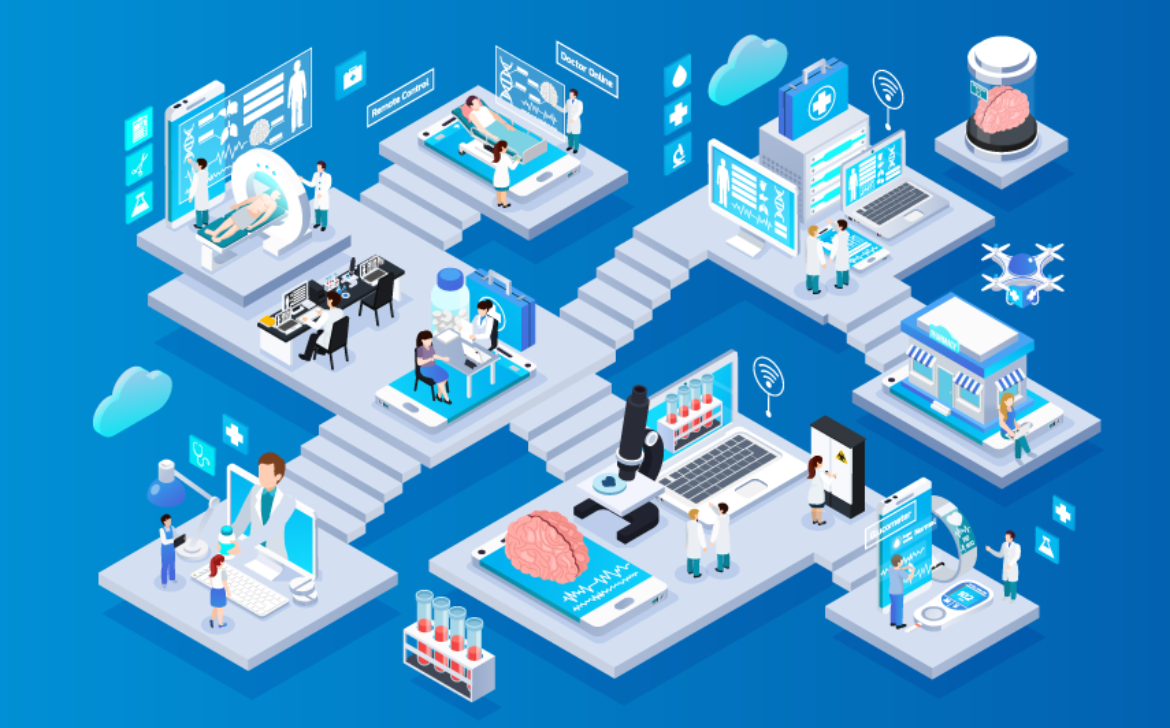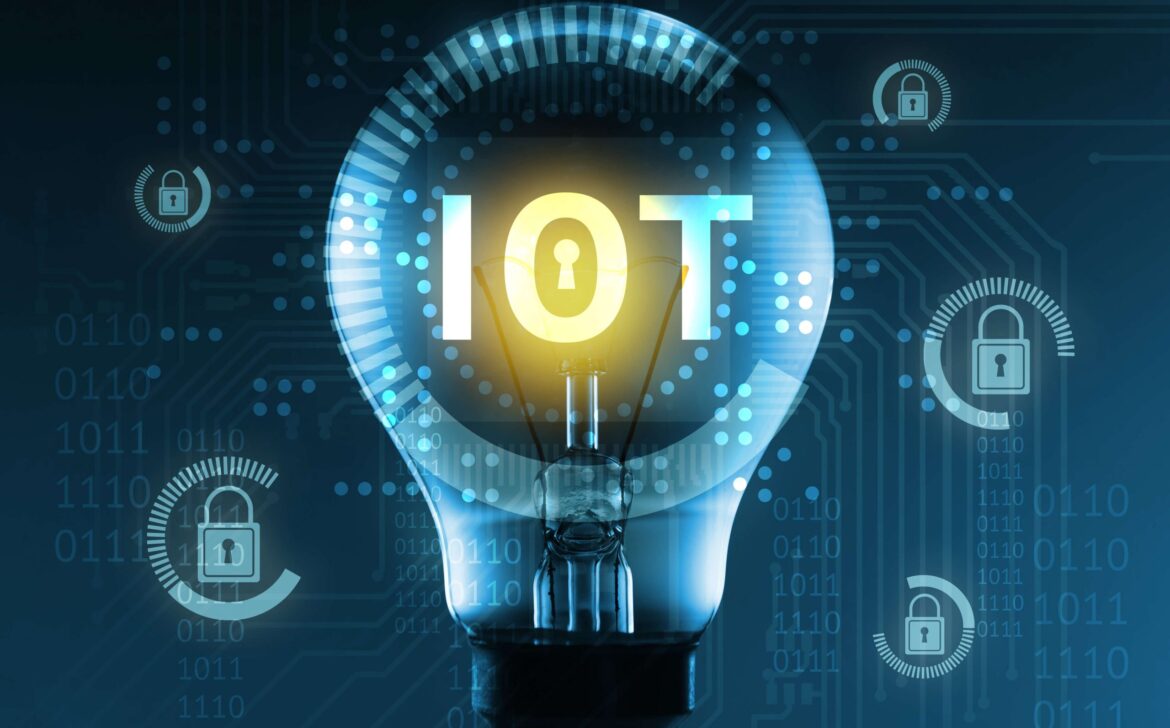Healthcare IoT: Revolutionizing Patient Care and Beyond
Introduction:
In the rapidly advancing world of healthcare, a game-changing revolution is underway, and it’s being fueled by the Internet of Things (IoT). Learn how Healthcare IoT is redefining patient care, enhancing operational efficiency, and charting a path toward a healthier future.
The Connected Healthcare Ecosystem
Imagine a seamlessly connected hospital environment where medical devices communicate effortlessly, from patient monitors to medication dispensers. This forms the backbone of Healthcare IoT, allowing real-time data collection, analysis, and sharing, empowering healthcare professionals with unprecedented insights.
IoT-Driven Remote Monitoring
Unlock the potential of remote patient monitoring, a cornerstone of Healthcare IoT. Discover how wearable IoT devices enable healthcare providers to monitor chronic conditions remotely, track vital signs, and intervene proactively, all from the comfort of a patient’s home.
Elevated Patient Care
Explore the ways in which IoT-enabled medical devices not only streamline data collection but also elevate patient care. Smart infusion pumps with IoT technology deliver precise medication dosages, while IoT-equipped beds detect patient movements, enhancing care quality and reducing risks.
Predictive Analytics
Delve into the realm of predictive healthcare through IoT and advanced analytics. Witness how historical patient data, combined with real-time IoT inputs, fuels algorithms that predict disease outbreaks, identify at-risk individuals, and optimize resource allocation for more effective healthcare delivery.
Optimizing Healthcare Operations
Discover the broader impact of Healthcare IoT on operational efficiency. Witness how IoT devices optimize inventory management, reordering supplies as needed, and how smart building systems fine-tune lighting, heating, and cooling based on occupancy patterns, leading to cost savings and reduced energy consumption.
Addressing Challenges and Considerations
Understand the importance of data privacy, security, and interoperability in Healthcare IoT. Explore the measures taken to safeguard sensitive patient information and ensure seamless communication between different IoT devices and systems.
Embrace the Future
Experience firsthand the transformative potential of Healthcare IoT, where personalized treatment plans, early disease detection, and efficient healthcare delivery converge. Join the journey toward a healthier world, driven by the fusion of IoT, data analytics, and medical expertise.
[Include Call-to-Action: Stay informed about the latest trends in Healthcare IoT. Subscribe to our newsletter for updates and insights.]










